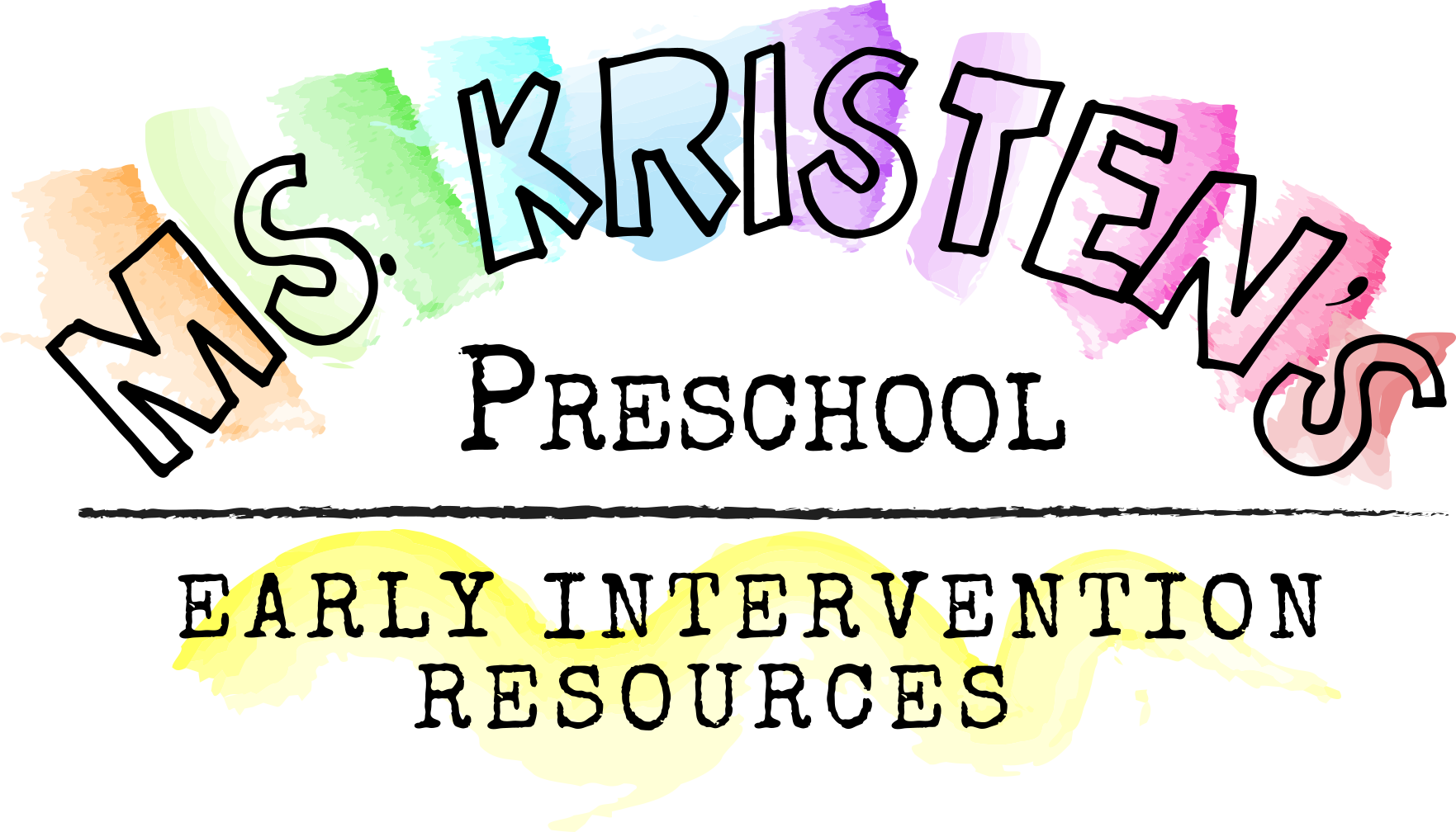Building Language Around the Sensory Bin
Sensory bins provide a rich environment for building important developmental skills such as sensory regulation, language, social skills, fine motor, and pretend play. It’s a great time to get in and PLAY with your child to increase language opportunities! In my experience, children learn best through play! In this blog post, I’ll talk to you about several ways to build language around this sensory bin, and I’ll also include a fall cloud dough recipe at the end!
Sensory bins can provide language opportunities around making choices, pretend play, back and forth conversation, counting, and describing! First, start by allowing your child to explore the materials. You can talk about their textures, soft, hard, bumpy, smooth, ect. For this activity, we’ll pretend to “bake” pies by pouring in the ingredients and pretend to“eat” them.
Model: Model by talking out loud about what you are thinking and ask less questions! You could say out loud, “I’m thinking about what pie to make. I wonder if I should make an apple pie or a pumpkin pie?” This does not need to be a direct question. If your child chimes in, great, but don’t have the expectation that they need to answer. Asking less questions allows is an important skill to master. Don’t be afraid to answer your own questions!
Choices: You can model making a choices! Again, model thinking out loud. “I’m thinking about whether or not to make an apple pie or a pumpkin pie. I think I’m going to make an apple pie!” Or if your child is engaged in playing with you, have them make a choice of what pie they want to make! This provides the opportunity for them to build language. Later, to increase social skills, practice taking turns. Have your child bake the pie for you and ask what you want. Turn taking will help them with the needed social skills for conversation and friendship!
First, Next, Then: Practice play sequencing by pretend “baking” in ingredients and then pretend “eating.” Model by saying, “first, I’m going to put in my apples. Next, I need sugar. Then, I’m going to bake it!” If they are playing with you, have them help you pour in ingredients. Ask what you need next or last. Using first and then language helps children understand the order of events. They may be able to understand the concept before they express it! You can try it out of the activity too by saying, “first socks, then shoes” or “first coat, then outside.” Whatever opportunity you have, these concepts are the building blocks for language.
Counting: Use this pretend pie making activity to practice counting. Pretend to read a recipe. “This recipe says we need four apples. Let’s count four apples in.” Or, “this recipe says we need two cups of sugar. Help me count.” There are endless ways to build counting into your play. Make it fun, the sillier the better.
Describing: Yummy or Yucky?! Children love pretending whether something is yummy or yucky. Model by pretending to say whether the pie is yummy or yucky, then offer them a taste. Make faces and be silly! Children are engaged when it’s fun and silly, so throw your self-consciousness out the window and enjoy having fun with your child!
Cloud Dough Sensory Bin Recipe:
Ingredients/ Materials: Eight cups of flour, one cup of vegetable oil, bowls, measuring cups, small pumpkins and apples, and tongs
In a large sensory bin or Tupperware container, pour in eight cups of flour
Pour in one cup of vegetable oil and mix by hand until the flour feels moist
Add in fall materials, such as small pumpkins and apples, bowls, mixers, and measuring cups
You can pretend to make “yummy” pumpkin or apple pies
Practice play sequencing by pretend “baking” in ingredients and then pretend “eating”
Take Turns baking for each other to facilitate social skills!
If you like this activity and need some fun fall learning ideas, check out our new fall curriculum for preschool children and children with special needs:


